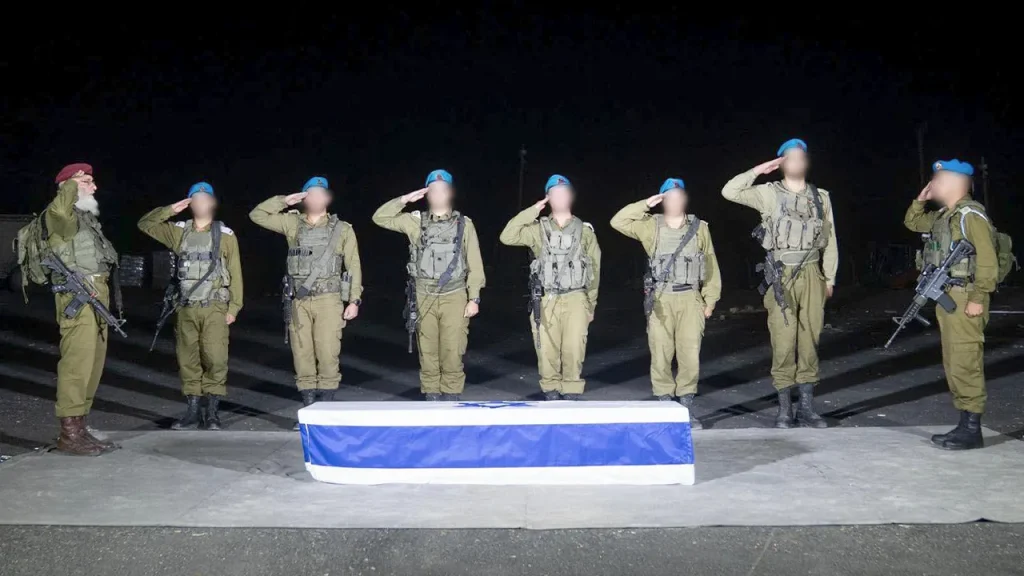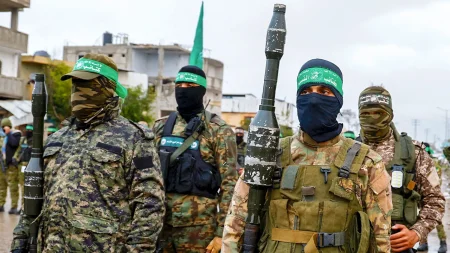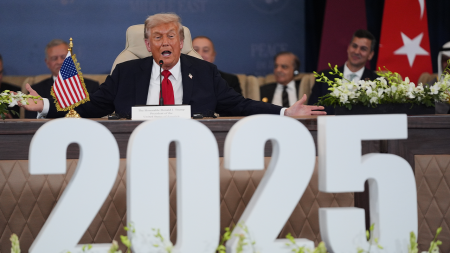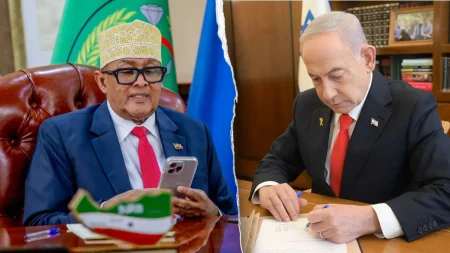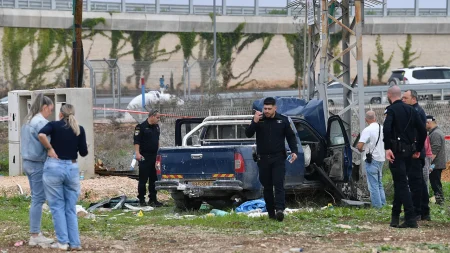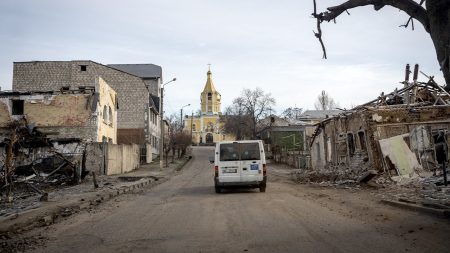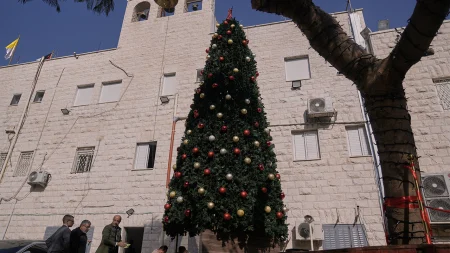The Solemn Return: Israel’s Continued Struggle to Bring Home Its Fallen Hostages
In a somber development amidst the ongoing Israel-Hamas conflict, Israel has identified the remains of 85-year-old Aryeh Zalmanovich, one of two deceased hostages recently returned from Gaza. Forensic experts confirmed Zalmanovich’s identity, with the Israeli Defense Forces (IDF) noting that he was abducted from his home in Nir Oz and is believed to have been murdered while in Hamas captivity. The elderly man leaves behind two sons and five grandchildren who have waited anxiously for news since the October 7, 2023 attacks. His family, like so many others caught in this conflict, has endured the particular anguish of not knowing whether their loved one was alive or dead, only to finally receive the heartbreaking confirmation they had feared. The identity of the second set of remains hasn’t been publicly disclosed at the family’s request, respecting their need for privacy during this difficult time.
The transfer of these remains followed a carefully choreographed process that underscores both the diplomatic complexity and human tragedy of the hostage situation. According to Prime Minister Benjamin Netanyahu’s office, the coffins were handed over to IDF and Shin Bet forces inside Gaza before being transferred to Israel. There, they were received in a military ceremony with the chief military rabbi present – a solemn ritual that honors the deceased while acknowledging the circumstances of their deaths. From there, the remains were placed into the custody of the National Center of Forensic Medicine of the Ministry of Health for identification. Throughout this process, Israeli officials have maintained contact with the families of deceased hostages, expressing sympathy for their losses while reaffirming a commitment that has become a national rallying cry: “The effort to return our hostages continues ceaselessly and will not stop until the very last hostage is returned.”
The same day Zalmanovich’s remains were identified, Israel also confirmed the identity of another returned hostage: Sergeant Major Tal Haimi, the 41-year-old commander of Kibbutz Nir Yitzhak’s rapid response team. Unlike Zalmanovich, Haimi was killed in combat while defending his kibbutz during the initial October 7 attacks, according to the IDF. His remains were subsequently taken to Gaza where they were held for more than two years. Haimi’s story reflects another layer of tragedy in this conflict – his family initially believed he had been taken alive, only learning in December 2023 that he had been killed. This limbo between hope and grief has been the cruel reality for many families of the hostages, who have existed in a state of agonizing uncertainty since the attacks first unfolded. Following the identification of Haimi’s remains, Netanyahu’s office expressed condolences to his family while reiterating calls for Hamas to release all deceased hostages for proper burial.
The return of these remains represents incremental progress in Israel’s efforts to recover all hostages taken during the October 2023 attacks, though significant challenges remain. On October 13, 2025, the final 20 living hostages returned to Israel after more than two years in captivity – a major milestone that nonetheless left the fate of many others unresolved. Since then, the remains of 28 deceased hostages have gradually been returned through complex negotiations and military operations. However, 13 others – including American citizens Itay Chen and Omer Neutra, as well as soldier Hadar Goldin, whose body has been held since 2014 – remain in Gaza. This ongoing situation has become a central focus of Israel’s military and diplomatic efforts, with families of the remaining hostages continuing to pressure the government to secure their return, whether alive or deceased.
The hostage crisis has deeply affected Israeli society, becoming both a unifying cause and a source of political tension. Regular demonstrations calling for the government to prioritize hostage recovery have occurred throughout the conflict, with many Israelis viewing the return of all hostages as a moral imperative that should take precedence over other military objectives. For the families directly affected, the prolonged uncertainty has taken an immense psychological toll. Many describe living in limbo – unable to properly grieve without confirmation of death, yet increasingly losing hope as time passes. The identification and return of remains, while heartbreaking, at least provides some closure for families who can finally conduct proper burials and begin the mourning process according to Jewish traditions that emphasize the importance of returning the deceased to their final resting place.
As Israel continues its efforts to recover all hostages, the international community has played varying roles in facilitating negotiations and applying pressure on Hamas. The Trump administration was involved in brokering the agreement that led to the return of living hostages, while various international mediators have facilitated subsequent transfers of remains. The hostage situation remains one of the most emotionally charged aspects of the broader conflict, representing both the human cost of the violence and the complex challenges of resolving it. For the Israeli government, each returned hostage – whether living or deceased – represents a step toward fulfilling what has become a sacred national commitment. Meanwhile, for families like those of Aryeh Zalmanovich and Tal Haimi, the return of their loved ones’ remains marks the end of one painful chapter and the beginning of another: the long process of mourning and remembrance after years of uncertainty and hope.





